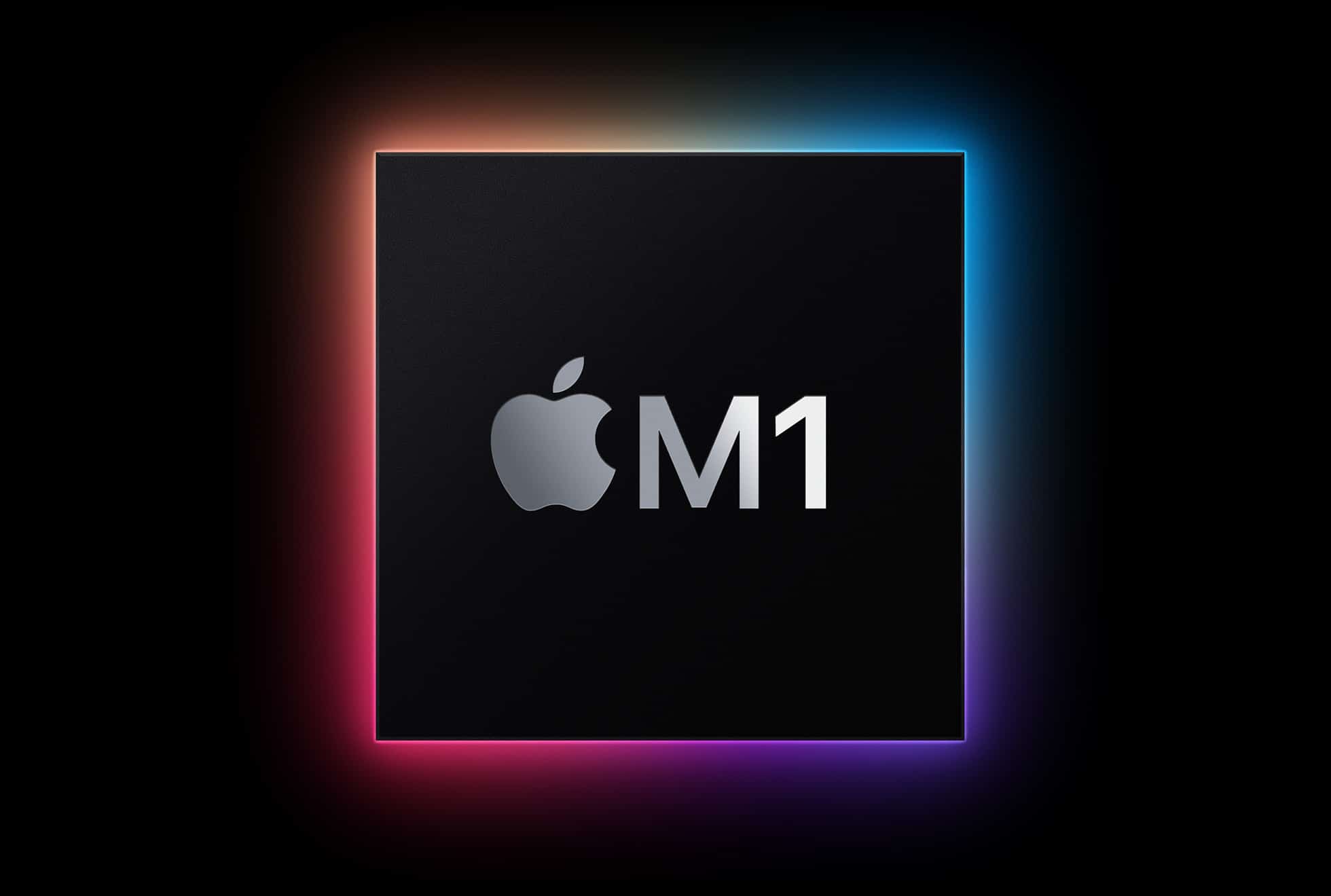
Apple’s first attempt at the custom ARM-based Silicon, the Apple M1, was an instant hit. MacBooks powered by the M1 chip not only impressed with their performance, but also with their battery life. Now, in an interview with Tom’s Guide, executives at Apple have revealed that they initially thought that the battery indicator of the M1 MacBook was broken, and thought that the battery life it was showing was not correct.
The publication interviewed Apple’s marketing VP Bob Borchers who said that “we” thought it was broken. Borchers said that even after hours of playing with it, the battery indicator hadn’t moved much, and they thought it was a bug.
“The most striking thing about the M1 is its battery life. For example, the MacBook Pro lasted an astounding 16 hours and 25 minutes in our web surfing test. The previous Intel model lasted 10:21. That’s a huge difference, and this increase caused more than one double take within Apple.
“When we saw that first system and then you sat there and played with it for a few hours and the battery didn’t move, we thought ‘Oh man, that’s a bug, the battery indicator is broken,’” said Bob Borchers, VP of worldwide product marketing for Apple. “And then Tim’s laughing in the background, ‘Nope, that’s the way it’s supposed to be’ and it was pretty phenomenal.
Borchers also shed some light on the Rosetta 2 development. Rosetta 2 is an app on Apple M1Macs that enables it to run apps that are programmed for x86 chipsets.
“We started a small project years before we started transitioning the Silicon to try to make sure that we could actually deliver the second generation of Rosetta in a way that allowed us to do this seamlessly,” said Miles. “And we believe that was a huge part of the transition story…everything worked out the box as expected.”
Do you own an M1 MacBook? How’s your experience been with the device? Let us know in the comments section below!
[Via Tom’s Guide]
